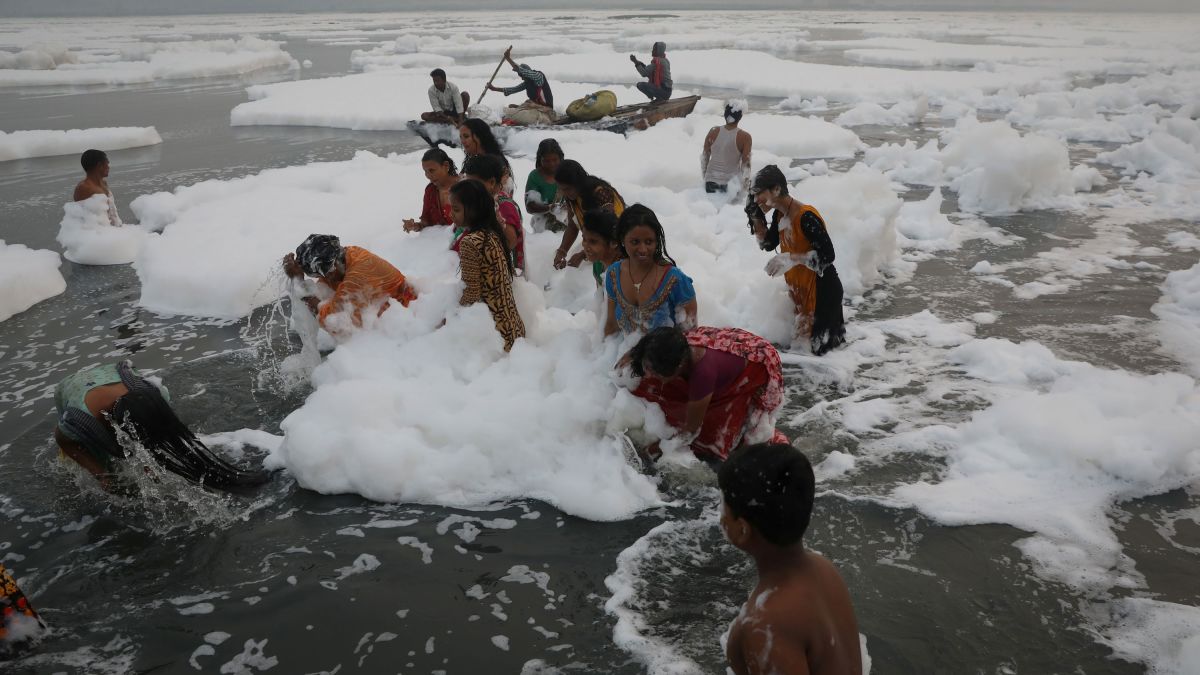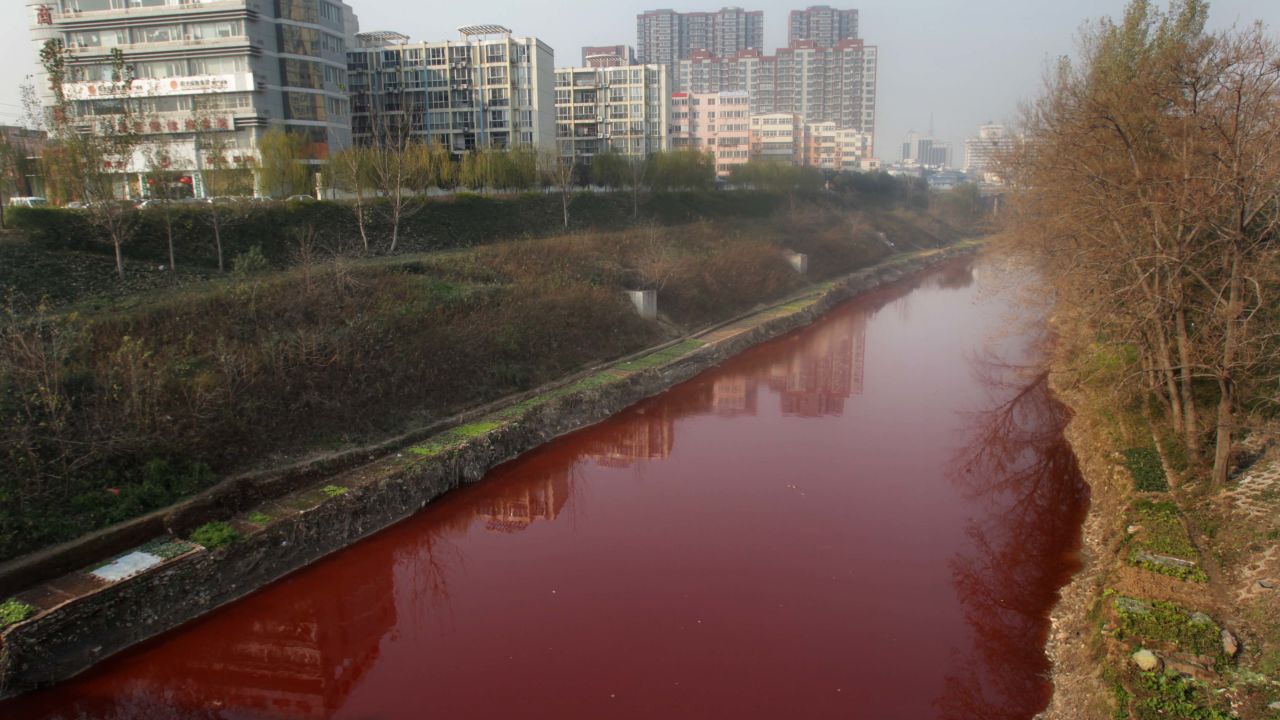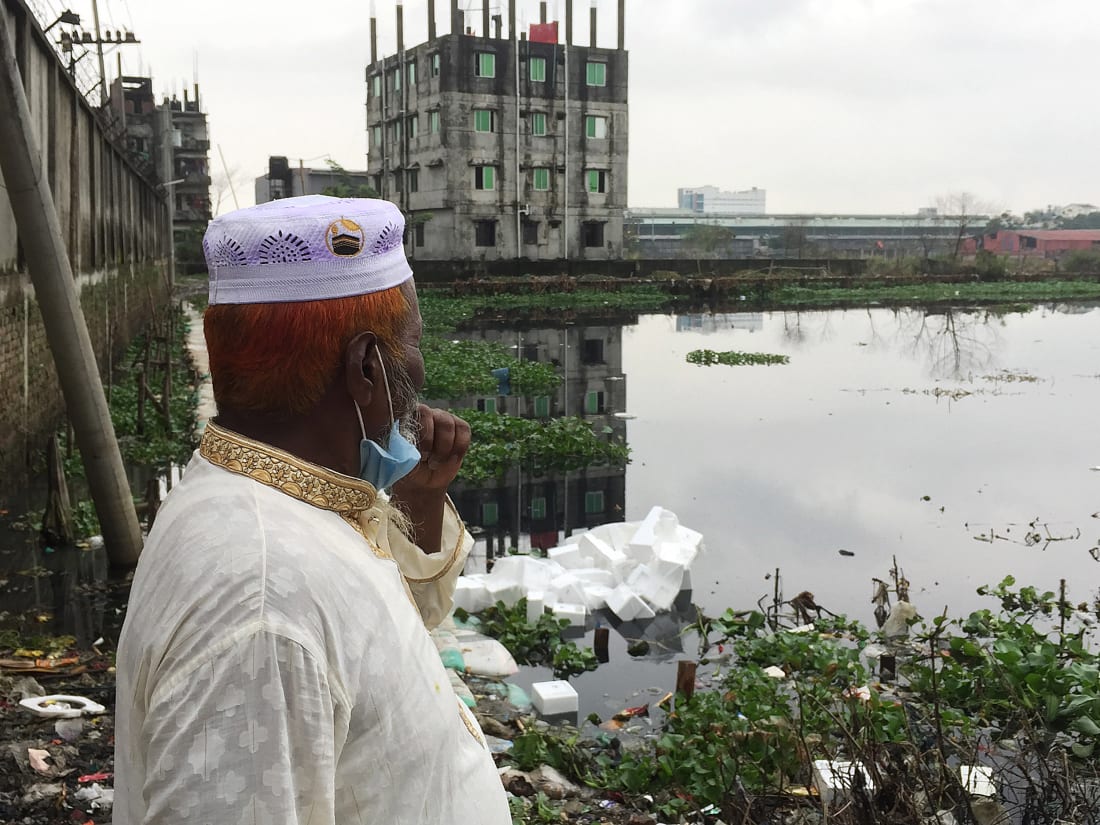Mapping the Environmental Effects of Fast Fashion
Introduction
Climate change is arguably the world’s most pressing problem today. Its effects are widespread and can be felt on local, national, and global levels. One major factor that is exacerbating climate change is the fast fashion industry. The increased consumption of textiles and clothing is leaving “a pollution footprint, with each step of the clothing life cycle generating potential environmental and occupational hazards” (Claudio 2007). At each point from production to consumption to disposal, there is a constant negative global impact. Fast fashion is an unsustainable industry that profits at the expense of workers and the planet.
1. Production
Producing clothing has a devastating effect on our planet. Water usage, water contamination, and air pollution are all byproducts of producing fast fashion. Clothing factories deeply impact the areas in which they operate. These factories are often pushed to semi-periphery, or more often, periphery countries that have lax environmental and worker regulations. In terms of water consumption and contamination, the fashion industry is responsible for “approximately 20% of wastewater worldwide” and “consumes one tenth of all of the water used industrially to run factories and clean products” (Le 2020). Fast fashion is also responsible for about “10% of humanity’s carbon emissions” (McFall-Johnsen 2019). These figures are startling at a large scale, but also have an impact on the local level for workers and those who live near these factories. The map below highlights a few sites where textile production has left a lasting mark on communities around factories in terms of health and the environment.

Yamuna River (India)
The Yamuna River in India is a sacred body of water that is used for religious bathing purposes. In recent years it has been contaminated by a white foam due to phosphates from detergents which are released in the waste water of garment factories. Despite health warnings, people still bathe in the river for religious reasons and many use the river for consumption, washing, and bathing regularly.

Citarum River (Indonesia)
Deemed by the World Bank to be the most polluted river, the Citarum River has been devastated. The mass amounts of wastewater are discarded by textile factories in the area. In spite of the dangerous lead levels and other toxins in the water, roughly 28 million people use the river's water.

Xintang, China
Over half the denim produced in China is made in Xintang. This has resulted in the constant stench of pollution, contaminated water, and declining reproductive health in workers.

Jian River (China)
The red river stems from illegal waste water dumping from an illegal workshop. The waste water then made its way into the town's storm water pipe network which drains out into the Jian River.

Dhaka, Bangladesh
Waste from a garment factory spills into a pond. Lack of regulation has led to the waste contaminating this now stagnant pond.

Dhaleshwari River (Bangladesh)
The Dhaleshwari River has been contaminated due to garment factories in the area. A river that was once flush with fish and safe to swim in is now a threatening pitch black. Due to contamination the water can no longer be used to grow crops.

Savar, Bangladesh
Many textile factories in the area cannot afford to, or choose not to, implement water treatment plants. This has led to water contamination which has resulted in toxic levels of chemicals in rice paddies.

Hai Duong Province, Vietnam
Protests emerged from locals as Pacific Crystal, a Hong Kong owned textile factory, was accused of illegally dumping wastewater. They reported that the water had a foul smell and the factory had been fined for similar behavior in the past.
2. Shipping
The shipping of clothing is often overlooked when considering the environmental impact of fast fashion. As discussed in class, the rise of large standardized shipping containers radically altered the consumer landscape. In Levinson’s Just on Time, he discusses how shipping containers “fundamentally reconfigured global supply chains” with “stacks of abandoned containers, too beaten up to use, too expensive to repair, or simply unneeded, littering landscapes around the world” (Levinson 2016, 277). The actual shipping itself poses huge health risks with "high rates of cancer attributed to diesel emission” (Levinson 2016, 277). The fuel used for cargo ships also “contains low levels of sulfur and is highly polluting” further impacting the environment (Berg 2015). Once the clothes reach land they must be distributed to stores through long haul trucking. The American Trucking Association reports that “ trucks carry about 70 percent of the tonnage of stuff moving throughout the US annually, requiring 3 million trucks and more than 37 billion gallons (140 billion liters) of diesel fuel” (Berg 2015). As consumers desire more and more and companies try to satisfy, “even spaces that lie well beyond the traditional city cores and suburban peripheries - from transoceanic shipping lanes, transcontinental highway and railway networks, and worldwide communications infrastructures,… become integral parts of the worldwide urban fabric” (Brenner 2011, 13). With the high demand for fast fashion, vast amounts of clothes are being shipped and whether they’re heading towards their first use, or the landfill, their movement leaves a lasting impact.
Left: Daily Truck Traffic from 2012 Right: Predicted Daily Truck Traffic for 2045 Department of Transportation, Bureau of Transportation Statistics and Federal Highway Administration Annual Average Daily Truck Traffic (AADT)
3. Consumption
Once consumers buy these clothes they must be washed. This washing process is ultimately another source of environmental degradation due to the release of microplastics. With the rise of synthetic fabrics, most of which use some variation on polyester or plastic, came an increased output of microplastics in the form of threads or even particles that are barely visible. Researchers at the National Research Council of Italy have found “that synthetic clothes contribute by about 35% to the global release of primary microplastics to the world oceans, thus becoming the main source of microplastics” (De Falco 2019). These microplastics inevitably accumulate into large clumps or patches which inhibit the oxygen exchange that typically occurs within the ocean. Without this exchange, CO2 levels rise and exacerbate the state of our already too warm planet. What’s more is that these microplastics are so small they are often consumed by humans. This means that “drinking water, respiration, sugars, and seafood represent substantial vectors of [microplastic] consumption” (Cox 2019).
4. Disposal
In spite of increased consumption, shoppers are discarding their clothing at a much greater rate than in years past. Business Insider reports that “while people bought 60% more garments in 2014 than in 2000, they only kept the clothing half as long” (McFall-Johnsen 2019). Because clothing often uses synthetic fibers, it may take hundreds of years to fully decompose. While decomposing in landfills, clothing may release greenhouse gases and leach chemicals and dyes into the water and earth. Of course, a large amount of clothes end up in similar places to where they started, periphery countries. These countries take massive amounts of clothes and either attempt to resell them or send them to landfills in their country. This leaves these countries with both the environmental effect of production as well as disposal.
Conclusion
Ultimately, fast fashion is just another piece to the climate crisis. While we can all make more sustainable choices and commit to buying more ethically made clothing, and we should be doing our part, the responsibility falls on everyone being accountable, large corporations more so than others. Climate change is not strictly a scientific issue, it has real human consequences that will drastically change our political and social landscapes. Though fast fashion is not the sole solution to the climate crisis, it is a major example of how many of our choices are crippling our environment.